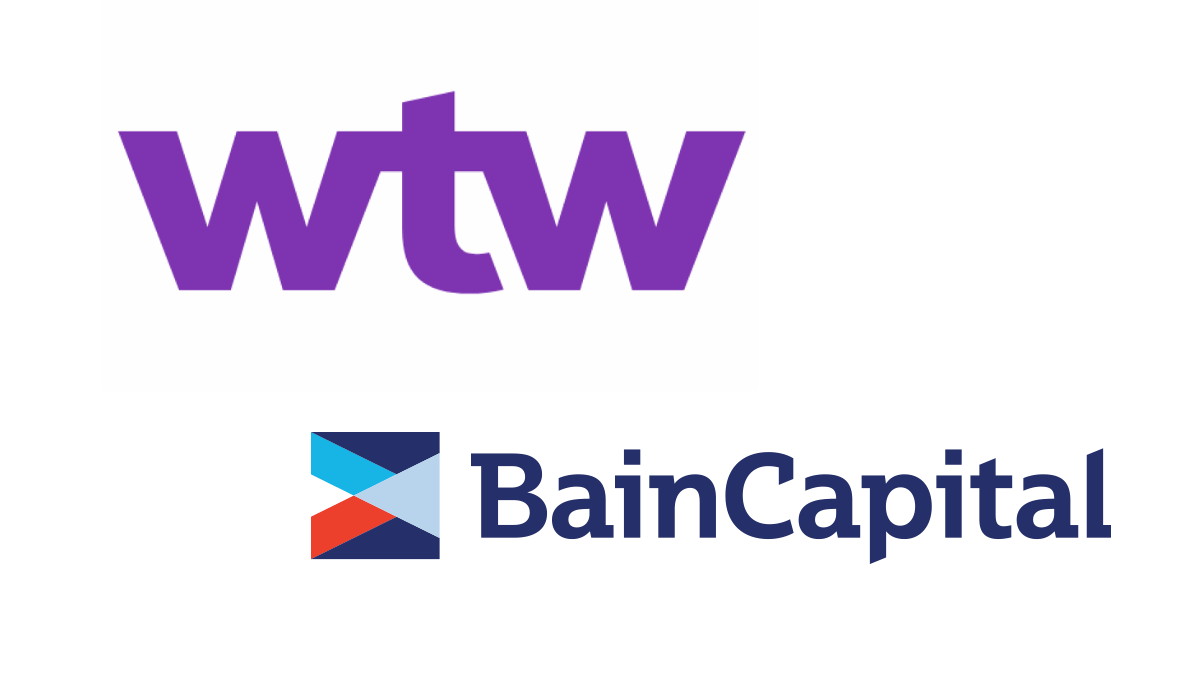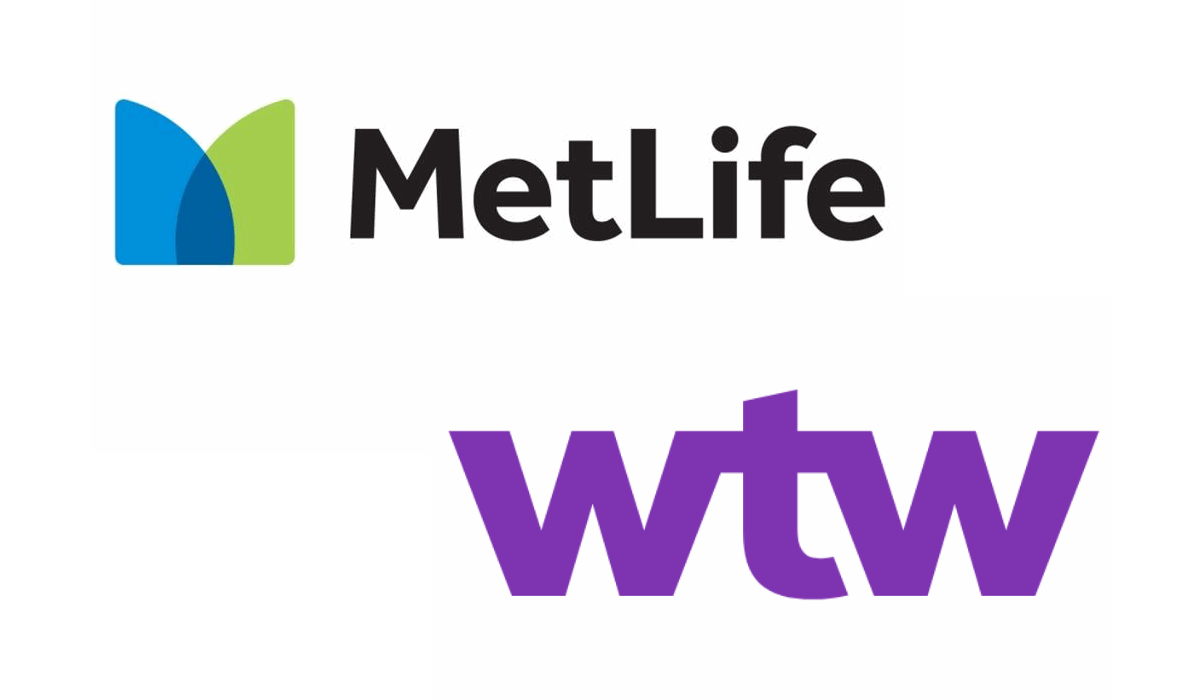Allocating capital to investments in insurance-linked securities (ILS) can offer investors a significant yield advantage as well as relative value, while ILS market risk premiums still offer one of the most attractive entry points ever, according to Leadenhall Capital Partners.
 While the investment case for other growth asset classes such as equities and real estate has proved challenged and credit spreads have compressed in certain fixed income classes, both private ILS and catastrophe bonds are offerign substantial yield in comparison, the specialist insurance and reinsurance linked investment manager states.
While the investment case for other growth asset classes such as equities and real estate has proved challenged and credit spreads have compressed in certain fixed income classes, both private ILS and catastrophe bonds are offerign substantial yield in comparison, the specialist insurance and reinsurance linked investment manager states.
Leadenhall Capital Partners has examined ILS in comparison to other asset classes in a new paper and highlights the fact that, as well as the yield advantage and relative value it offers to investors, ILS continues be an asset class that exhibits low correlation, offering “genuine diversification from cyclical assets and economic risks.”
“The current level of risk premiums in Insurance Linked Strategies represents one of the most attractive entry points ever into the ILS market. With the yield on ILS currently ranging from cash + 7% to 20% pa it’s hard for the expected returns from other liquid asset classes to compare,” Leadenhall explains.
Going on to highlight that, “ILS is showing substantial yield in comparison to fixed income asset classes where credit spreads have compressed over recent years. Furthermore non-life ILS is not a ‘long lock’ private asset like private credit or private equity where capital has to be committed for at least several years before investors receive cashflows and returns back. Quarterly liquidity is common across private placement non-life ILS funds with even more frequent liquidity points in the case of catastrophe bonds (cat bonds).”
In comparison to other asset classes, Leadenhall Capital Partners believe that insurance-linked securities (ILS) currently stand-out for a number of reasons.
The fact risk premia remain very high and ILS offer “significantly higher yields than most other liquid fixed income asset classes including investment grade credit, high yield bonds, loans, asset backed and securitised assets.”
That ILS can offer more stable expected returns based on yields, than compared to growth assets like equities or real estate where forecasts of future capital growth need to be made.
ILS offers greater liquidity than many long lock private assets classes, such as private credit and private equity.
In addition, ILS has a fundamental driver of its returns, the financial cost of providing re/insurance protection, which Leadenhall notes is more tangible than in many specialty or hedge fund strategies.
On the current opportunity, Leadenhall Capital Partners believes reinsurance premiums are likely to remain at high levels, saying, “We see the opportunity continuing through 2024 and a growing consensus that attractive market condition are likely to persist into 2025.”
On top of this, the fact ILS based on private reinsurance contracts and catastrophe bonds are fully collateralized, with that collateral typically invested into money market instruments such as Treasury bills, means investors also benefit from a floating rate of return on top of the risk premium, which means “ILS has a strong linkage with short term interest rates.”
In addition, while ILS are clearly exposed to the risk of major insurance loss events occurring, over time they have produced strong returns that are comparable to growth assets such as equities and high yield bonds, that has come with noticeably less volatility, Leadenhall explains.
“ILS’s return over risk free rates per level of risk (Sharpe Ratio), or per level of downside risk (Sortino Ratio), are strongly attractive when deciding upon Strategic Asset Allocation (SAA),” the investment manager said.
Going on to highlight that this means, historically, the return per unit of risk has been more efficient for investors, which in the context of the currently high-levels of return the ILS asset class is offering, can make it a particularly attractive choice for adding to a portfolio.
Leadenhall Capital Partners analysed the benefits of including ILS within strategic asset allocations, finding that “there is a significant yield advantage and relative value that comes with investing in ILS compared to most other liquid asset classes.”
“Including ILS in portfolios whether at the high, medium or low risk / return end of the spectrum, will therefore improve a portfolio’s expected efficiency,” Leadenhall said.
The specialist ILS investment manager’s analysis finds that adding ILS to portfolios can improve their efficient frontier, as ILS can deliver higher expected returns with levels of liquidity that are more preferential to end investors, while another benefit is that non-life ILS strategies can be regularly valued and are not reliant on cash being returned to investors to generate a return or IRR.




















 English (US) ·
English (US) ·